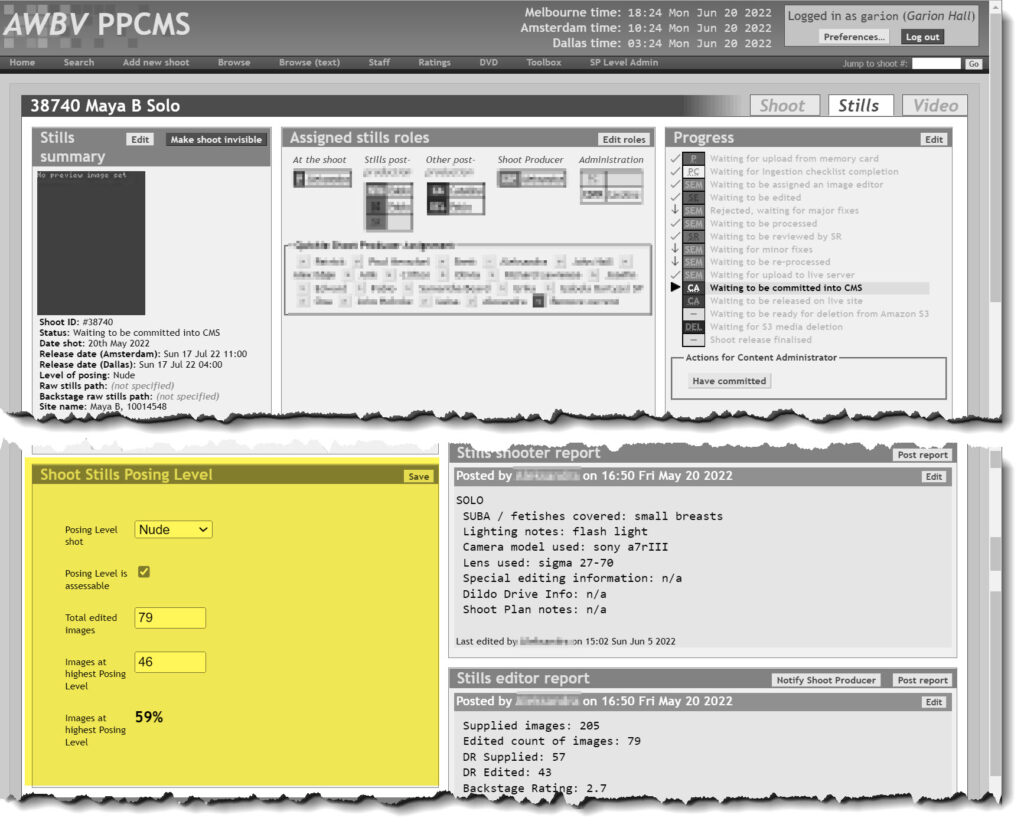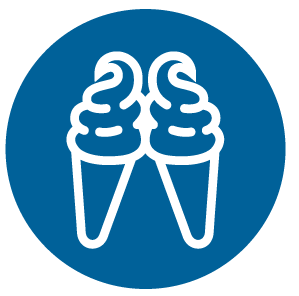The Posing Level percentage of a Solo shoot is calculated based on the edited version of the shoot. That means, Post Producers can have a big effect on the Posing Level Percentage!
Post Producers are aware of the Posing Level percentage requirements for Shoot Producers, but they do not help SP’s reach this target – Post Producers never actively work against Shoot Producers – they effectively ignore the Posing Level percentage, until calculating it at the end. See the FAQ, How can I control the Highest Posing Level percentage when the Editor actually selects the it? FAQ for guidance on this.
Post Producers’ mandate is simple: to edit the best shoot for customers.
If the Shoot Producer provides ample unique and engaging material at the highest Posing Level, it will all be included in the edit. But if the Shoot Producer provides repetitive or redundant material (or, material that has low technical quality at the highest Posing Level), it will be removed by Post Producers (because our customers are not paying for that!). This will affect the SP’s assessment.
Example scenarios
Consider this example;
✅ A model is being shot at the Open Leg Posing Level. The Shoot Producer carefully plans each of the eight Open Leg poses before the shoot, and directs the model into each one. Each pose is explored deeply, with camera angles, poses, tasks, Layering in Clothing Use, MMaiA, Props, and Conversation to help.
When the shoot is edited, because there is such unique and varied material at the OL Posing Level, most of each pose is included. The Posing Level percentage comes out at 53% (the minimum requirement is 50%, so this is good!). 😃
Consider another example;
❌ A model is being shot at the Open Leg Posing Level. The Shoot Producer was not able to do any pre-shoot planning, trusting their skills to make it up during the shoot. They loose count of the OL poses they have done in the shoot, and only shoot seven of the recommended 8. One of the OL poses is very similar to another one. In another pose, the model needed to stretch out a stiff muscle and the SP forgot to go back into the pose to shoot the rest of it in depth when they resumed. The SP forgot to adjust the exposure correctly to suit the clouds passing over the sun, meaning a chunk of one pose is under-exposed.
When the shoot is edited, only 39% of the shoot meets the OL Posing Level (expected is 50%). There was not so much OL material to begin with, the editors removed the redundant and low-quality stuff – and one OL pose was missing any in-depth exploration. 😥
The calculation
The calculation for Posing Level percentage follows the same formula for Stills and Videos.
(Amount of media at the Highest Posing level) / (Total Count of media) * 100
The percentage is rounded up to the nearest integer.
For example, for stills;
When edited, a shoot has 178 images. 93 images are at the highest Posing Level.
(93 / 178) * 100 = 52%
An example for video;
When edited, a shoot is 58 minutes long (we round to the nearest whole minute). 30.5 minutes are at the highest Posing Level.
(29.5 / 58) * 100 = 51%
Note that decimal minutes are used for this calculation, so 30.5 minutes means 30 minutes and 30 seconds.
Calculations are shown on the Stills and Video tabs of the shoot in the PPCMS, in Shoot Posing Level panel. They are only added when the shoot has finished Post Production, and will show as 0% until then.
Posing Level is not assessable for some shoots (for example, some Special Redux shoots, some training shoots).
On Level 3, the Posing Level percentage is averaged out between Stills and Video.

